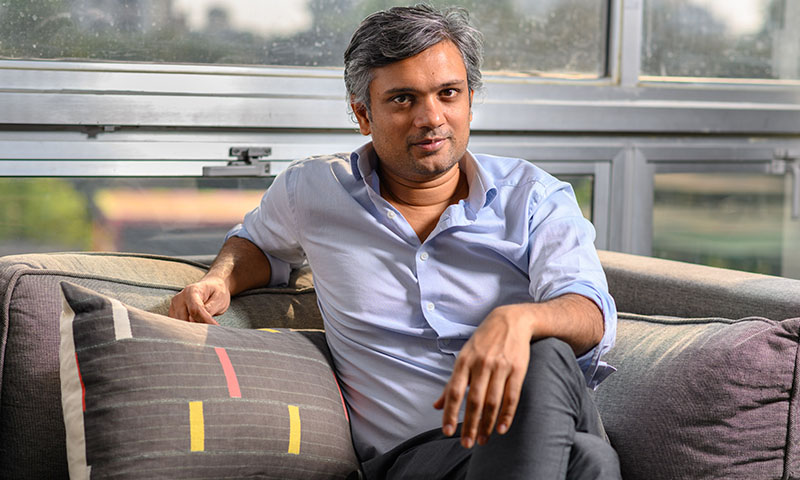Renowned American philosopher, John Dewey, once said, “Education is not preparation for life; education is life itself.”
Life is a series of natural and continuous changes. The ways of the world are evolving, and it is now that we must let things flow naturally instead of resisting them. As globalization has impacted businesses, cultures, and lifestyles – education, too, has been at the helm of this transformation. Moreover, the recent pandemic accelerated the need for a ‘new normal’, which further fuelled the need for a world where young students have a global perspective on things.
While we gradually progress towards empowering our students to become global citizens, how can education contribute to this sphere? Before we delve deeper, let’s understand global education in depth.
Defining global education in the modern era
Global education is a well-rounded, overall approach that deconstructs stereotypes, includes numerous perspectives, and thrives on a learner-based approach. It incorporates learning about geographies, cultures, current issues, histories from around the world. Global education is reflective of the diversity of different communities and encourages students to interact with their global peers.
4 ways in which global education is effective for students:
- Making them disciplined and self-reliant: Through global education, students become independent in their decision-making skills. They assume responsibilities, are more goal-oriented and confident in their approach to learning and life.
- Offering a holistic approach towards leading their lives: Students are encouraged to not only think intellectually, but also tap into their social, emotional, physical, artistic, and spiritual self. When they engage with other students from different ethnicities and backgrounds, they develop a liberal mindset and become more accepting of their surroundings and situations.
- Making better use of technology: Technology has paved the way for numerous innovations. It has also become an integral part of global education and is helping students to stay digitally connected. The online world offers numerous sources of learning for students to indulge in and connect with new peers more easily.
- Implementing a more comprehensive learning process: In the learn-think-act philosophy coined by Oxfam International, students are urged to learn and know more about the issue at hand, think and analyse critically, and act accordingly on a conclusion they’ve derived at.
Welcome to the metaverse: The classrooms of the future
A new digital era has dawned upon the education sector. Since the pandemic, education has been adapting to change. Remote learning has become the new norm and access to technology has become an imperative. While technology offers new learning opportunities to students, it gives teachers the chance to move away from outdated curriculums and embrace contextual learning experiences. In many ways, it is a great leveller, enabling students across geographies, abilities, and talents to meet and grow on one platform.
- The future of education will be led by learners: Hyper personalisation and a customised learning approach will meet the individual needs of every learner and drive innovation. Teachers will be encouraged to harness technology and blended models of learning to create a more conducive learning environment.
- Emergence of collaborative learning: The pandemic has urged organisations to invest in different courses and help devise industry-specific skills and expertise. This move has allowed companies to match relevant content with technological agility, thus reaching out to countless students.
- A new phase in the era of education: Covid has enforced digital learning but it will not hamper face-to-face interactions. In fact, traditional classroom learning will be replaced by PowerPoint presentations and immersive learning techniques that will reach out to the masses.
- Adopting newer approaches: An increased focus on life skills, critical thinking, collaboration, analytical abilities is what Science, Technology, Engineering and Maths (STEM) education has been offering, which has made learning exciting. While STEM is one of the learning approaches in the early years, the 8-4-8 approach is designed to shape children as they grow. It nurtures a child’s physical, artistic, and emotional development and focuses on their academic growth. The 8-4-8 approach is based on 8 key beliefs, 4 focus areas, and 8 aspects of growth. The 8 key beliefs guide actions, today and in the future, whereas the 4 areas of focus ensure that all the stakeholders play an active role in the progress of the child with the school leading the way. Lastly, the 8 aspects of growth ensure that the learning experience engages children with multiple stimuli.
While we know how education can be instrumental in grooming students and the skills required to make them global citizens, educating in the metaverse has opened up a new plethora of learning opportunities. This also brings in a hope that combining technology and new disruptive ways of learning will help teachers and institutions leverage and reshape the future of education
This blog appeared as an article in Higher Education Digest dated 15th February, 2022
(This article is written by Rohan Parikh, Chairperson of The Green Acres Academy on Higher Education Digest.)

